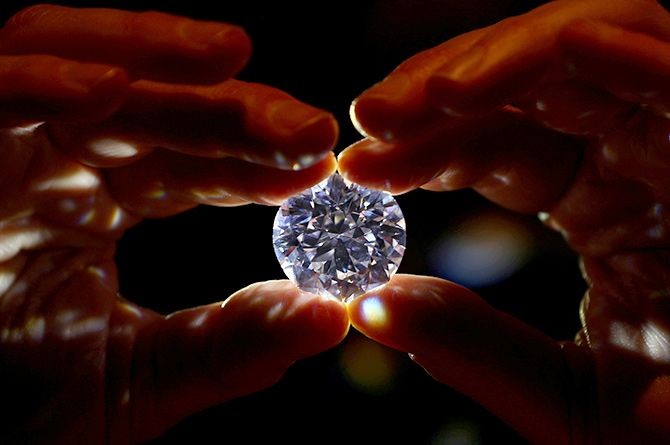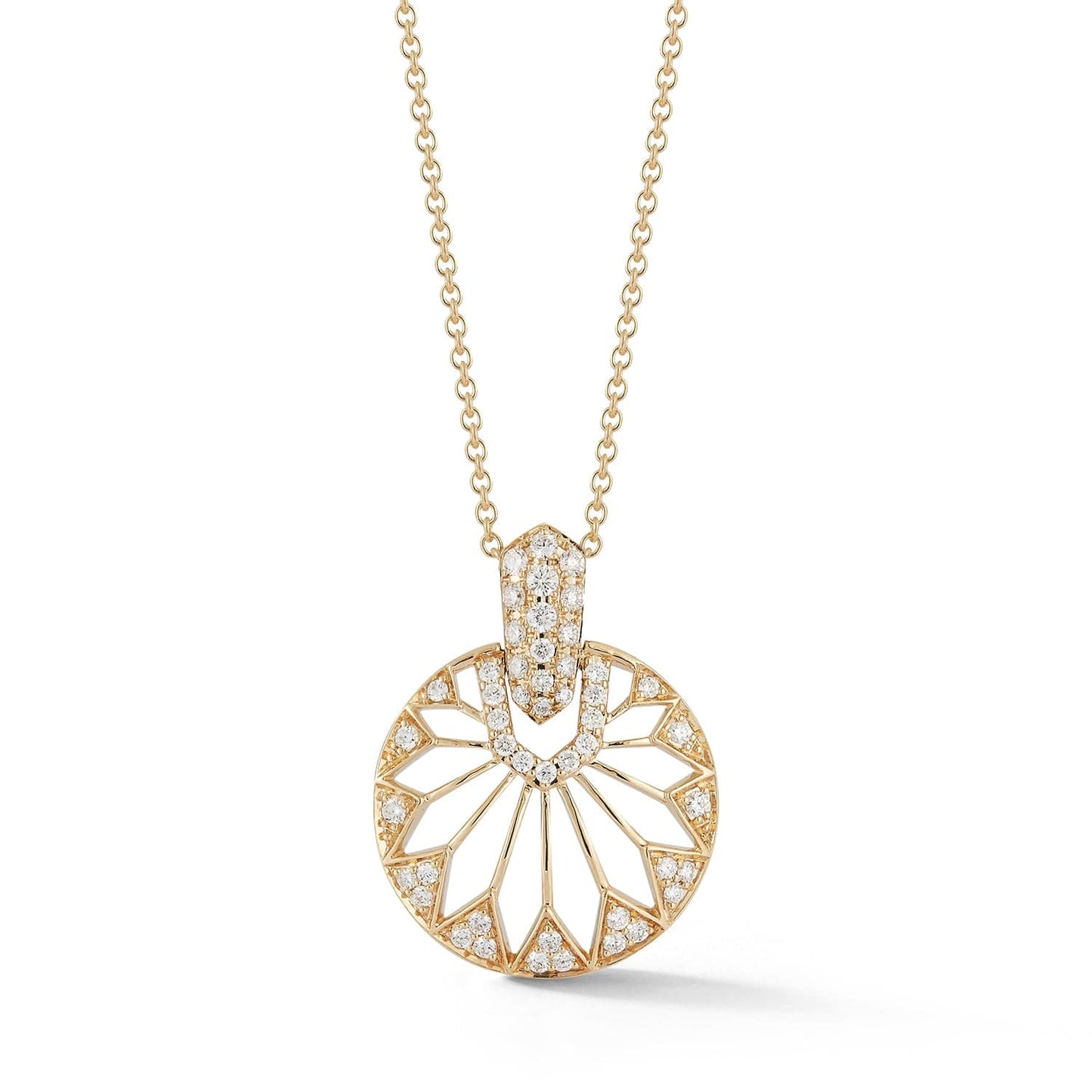
Despite the historic challenges and scruitny faced, the diamond and jewelry industry has made noteworthy strides in embracing sustainable practices and addressing environmental and social concerns. A new reality for the diamond industry is here, and I continue to find overwhelming support from industry players coming together and collaborating to create opportunities for a sustainable future.
In this article, we will explore the intersection of the international diamond trade and sustainable development, highlighting key initiatives driving positive change. We will also discuss ways in which we can collectively create a more sustainable industry for future generations.
Diamond Supply Chain
A sustainable diamond supply chain is crucial for achieving economic and environmental goals. Throughout the diamond supply chain - from exploration and mining to sorting, cutting, manufacturing, and retailing - there are opportunities to adopt sustainable and ethical practices.
- Exploration plays a vital role in identifying diamond deposits, and countries like South Africa, Russia, Namibia, the Democratic Republic of Congo, Canada, Botswana, and Australia are amongst the top producers and have significant contributions to the global diamond supply.
- Mining when governed by good regulations and laws, has the potential to fund economic growth and build essential infrustuctures and social services in diamond-producing countries. A recent sales agreement between De Beers and Botswana exemplifies how strategic partnerships can contribute to the development of livelihoods and infrastructure in least-developed countries.
- Sorting, cutting, and polishing rough diamonds requires expertise and careful planning to minimize waste. Producers inspect the rough diamonds and classify them based on shape, quality, size or color. Only 20-25% of rough diamonds are considered gem quality. The rest are used for industrial purposes. The major points of sale for rough diamonds are Moscow, London, and Antwerp. Diamonds are mainly sold "through the sight-holder system, in which a selected group of verified buyers is allowed to purchase the rough." They can also be sold through spot sales and auctions. Alrosa, De Beers, Rio Tinto, and Dominion Diamond Corporation are the largest rough diamond suppliers globally. Responsible sourcing is essential during these stages, ensuring that diamonds are traced to their origin and mined in compliance with environmental and social standards. We see emerging technologies like Tracr and Provenance Proof creating the infrastructure and opportunity to trace diamonds on the blockchain.
- Manufacturing centers worldwide - India, China, Spain, Italy, Turkey, Thailand and the US - transform rough diamonds into beautiful finished pieces of jewelry using materials sourced sustainably.
- Retailers and brands play a significant role in promoting ethical and sustainable diamond jewelry and reaching consumers who are increasingly demanding transparency and responsible practices in the industry.
Partnerships for the Next Generation
Balancing economic growth and environmental protection is crucial for sustainable development. Partnerships are vital in achieving this sustainable future. Collaboration amongst regulatory bodies, corporations, academia, and independent companies is necessary to create a stable equilibrium where economic growth aligns harmoniously with community protection. It is important to address the ecological footprint of diamond-related activities, such as mining and production, to mitigate environmental degradation and reduce greenhouse gas emissions.
When Founder and designer, Lauren Petrovic attended the State of the Art Jewelry Summit hosted at Harvard, as a participant, she mentioned how it was truly empowering to witness the convergence of players in various industries and their collective efforts in supply chains, regulation, environmental impact and energy crisis associated with the jewelry industry. The summit provided a platform and open dialogue for meaningful discussions and the exchange of innovation.
Stakeholders across the diamond supply chain - including miners, manufacturers, designers, and retailers - all play a crucial role in creating the future of the diamond industry. Building partnerships within industry allows us to create solidarity, amidst emerging opportunities and challenges. Forging these mutually beneficial partnerships can ensure a sustainable development in the industry by bridging gaps in the supply chain and practicing responsible sourcing. This includes conducting due diligence to develop close relationships with producers and suppliers and ensure they trace the origin of diamonds, ensuring they are mined in compliance with environmental and social standards.
In the chaos of challenges lies the seed of opportunity. The diamond industry is one of the most resilient, and has made notable progress, but ongoing efforts are necessary to achieve a fully sustainable and inclusive global diamond trade. Together, we can shape a future where trust, transparency, sustainability, and economic growth coexist, benefitting both the industry and the world at large.







